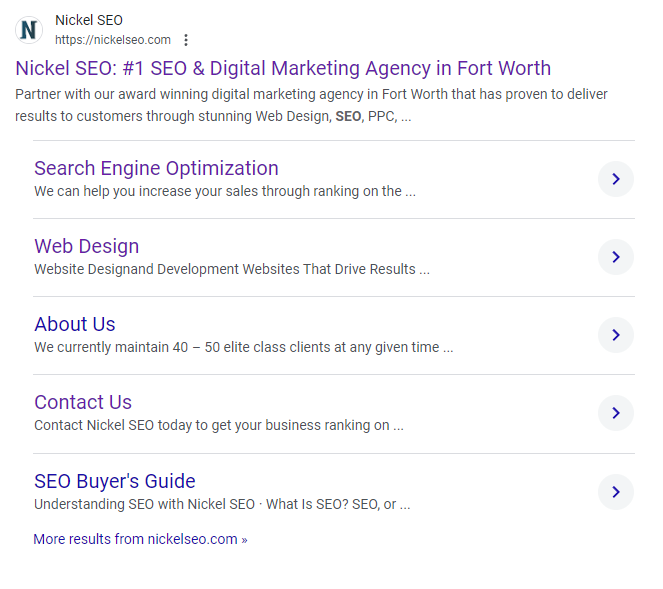Here’s the truth: most business websites are invisible on Google. Not because they’re not online. Not because they don’t have a website. But because when people see their listing, it looks just like everyone else’s.
And in a crowded market, blending in is the fastest way to lose.
Enter rich snippets.
Rich snippets are those little extras you see in Google search results — star ratings, product images, FAQs, event times, even pricing. They don’t just sit there quietly. They grab attention. They build trust. They get clicks.
And clicks are the game.
Because if no one’s clicking your result, you could be ranked #3, #5, even #1 — and it doesn’t matter. Visibility without clicks is just digital wallpaper.
That’s where rich snippets change the game.
People don’t make rational decisions when searching online. They don’t study every listing and compare all their options like they’re buying a car. They make fast, emotional, split-second choices.
And in that moment, three things drive action:
Rich snippets hit all three.

Rich snippets stop the scroll and say, “This is the answer. This is the business. Click here.”
Sites with rich snippets see up to a 30% higher click-through rate. That’s not speculation. That’s been studied over and over.
Think about that: if you’re already getting 100 people to see your listing every day, but only 10 click it… rich snippets could turn that into 13 clicks. That’s 30 more people a month. 360 more a year.
Now imagine each customer is worth $300, $500, $1,000. Do the math.
You’re literally leaving tens of thousands of dollars on the table by not implementing something as simple as rich snippets.
Here’s the kicker: rich snippets aren’t automatic. Google doesn’t just “hand them out.” You need to structure your site in a way the algorithm can read.
That means schema markup — a specific kind of code baked into your site that tells Google, “Hey, this is a product. This is the rating. This is an FAQ.”
And here’s why 90% of businesses don’t have them:
So while they’re out here writing blog posts that nobody clicks, the businesses that DO have rich snippets are quietly winning all the traffic — and all the customers.
Let’s be real. You’re a business owner. You don’t have time to figure out schema markup, structured data, or how Google parses JSON-LD.
That’s where we come in.
At Nickel SEO, we do three things better than anyone else:
Picture this: two HVAC companies in the same city. Both show up on page one.
One has a plain blue link that says “HVAC Services – Call Today.”
The other has:
⭐⭐⭐⭐⭐ 4.9 Rating (276 Reviews)
“Emergency AC Repair Available 24/7”
“Upfront Pricing – Book Online”
Which one are you clicking? Exactly.
Now scale that across every search in your industry. That’s the unfair advantage rich snippets create. And that’s the advantage we build for our clients.
Let’s break it down:
Now imagine scaling that across a year. That’s $30,000 from one “tiny” technical SEO move.
That’s the ROI most businesses never see because their SEO company is asleep at the wheel.
Rich snippets aren’t optional anymore. They’re the difference between being scrolled past and being clicked. Between starving and thriving. Between “just having a website” and having a site that makes you money every single day.
At Nickel SEO, we don’t just talk about traffic. We don’t just rank you for keywords. We engineer your entire digital presence to win clicks, calls, and customers.
Rich snippets are part of that system. A big part. And if your site doesn’t have them, you’re losing money right now.
So here’s the question: are you okay with competitors stealing clicks that should be yours? Or are you ready to own your market with a site that actually works?
Because once you’ve seen the power of rich snippets, going back to “just being another blue link” isn’t an option.

We specialize in web design, SEO services, and many other digital marketing services to help businesses attract more customers and increase revenue. We focus on creating effective strategies that drive traffic, improve search rankings, and build trust online. Our efforts are entirely dedicated to increase your sales with results driven and award winning digital marketing service.
Call if you're interested in real results and a real ROI.
9705 Tehama Ridge Pkwy Suite 257 Fort Worth, TX 76177
Monday – Friday, 9:00 am – 6:00 pm
Career Opportunities